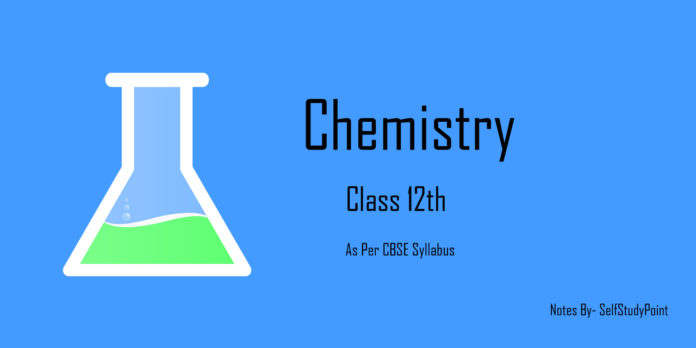
In aliphatic or aromatic compounds, the replacement of hydrogen atom(s) by halogen atom(s) results in the formation of alkyl halide (haloalkane) and aryl halide (haloarene), respectively.
In case of haloalkanes, halogen atom is attached to the sp3 hybridised carbon atom of an alkyl group whereas in haloarenes, halogen atom is attached to sp2 hybridised carbon atom of an aryl group.
Classification of Haloalkanes:
Based on Number of Halogen Atoms
These may be classified as mono, di, or polyhalogen (tri-, tetra-, etc.) compounds depending on whether they contain one, two or more halogen atoms in their structures. For example,

Monohalocompounds may further be classified according to the hybridisation of the carbon atom to which the halogen is bonded, as discussed below.
Compounds Containing sp3C-X Bond (X= F, cl, Br, I): This class includes
Alkyl halides or haloalkanes (R-X):
In alkyl halides, the halogen atom is bonded to an alkyl group (R). They form a homologous series represented by CnH2n+1X. They are further classified as primary, secondary or tertiary according to the nature of carbon to which halogen is attached.

Allylic halides:
These are the compounds in which the halogen atom is bonded to an sp3-hybridised carbon atom next to carbon-carbon double bond (C=C) i.e. to an allylic carbon.

Benzylic halides:
These are the compounds in which the halogen atom is bonded to an
sp3-hybridised carbon atom next to an aromatic ring.

Compounds containing sp2C-X Bond: This class includes:
Vinylic halides:
These are the compounds in which the halogen atom is bonded to an sp2-hybridised carbon atom of a carbon-carbon double bond (C = C).

Aryl halides:
These are the compounds in which the halogen atom is bonded to the sp2-hybridised carbon atom of an aromatic ring.


